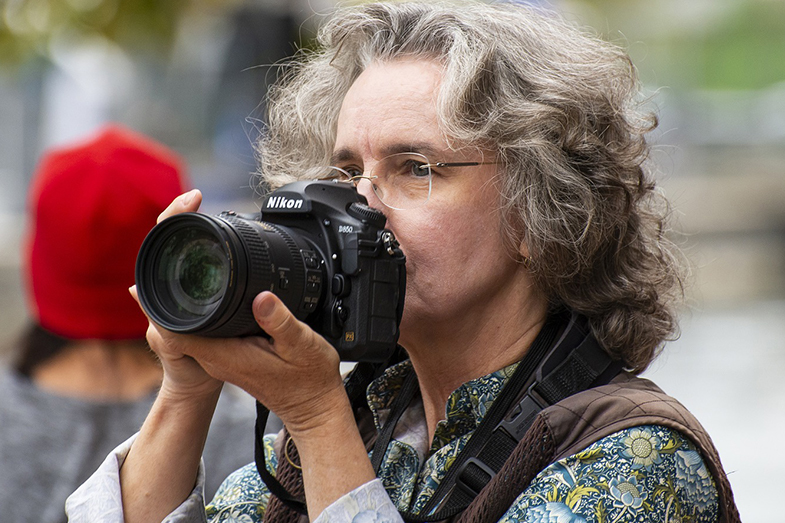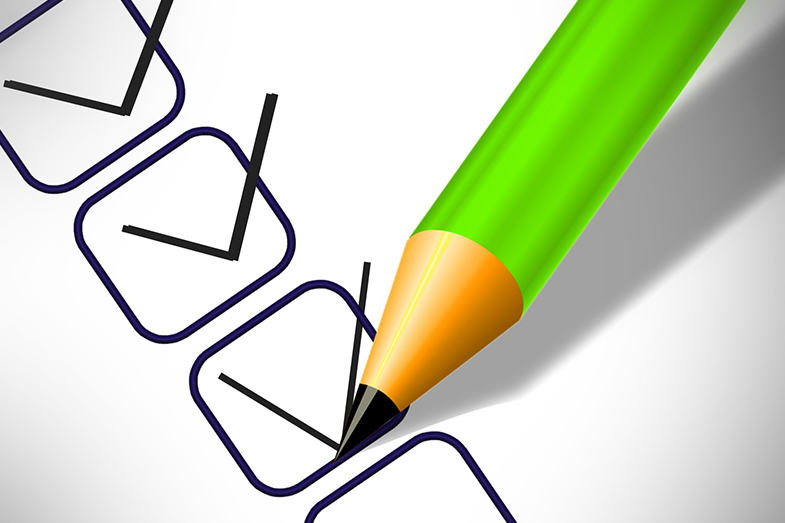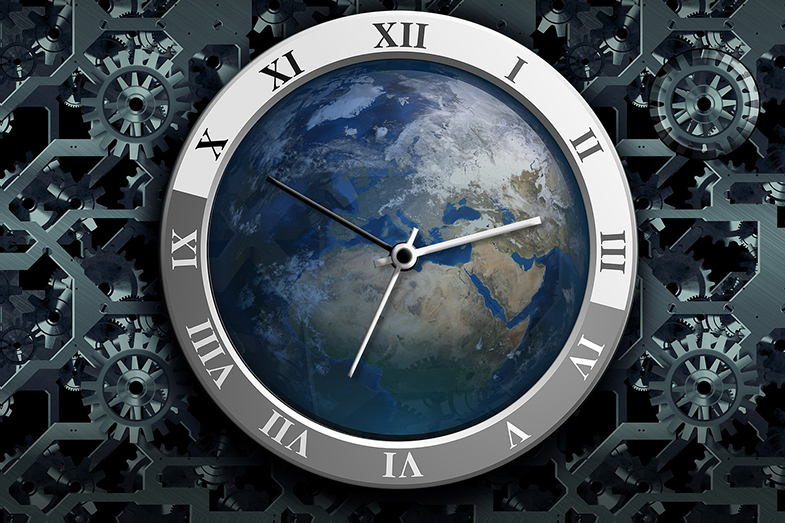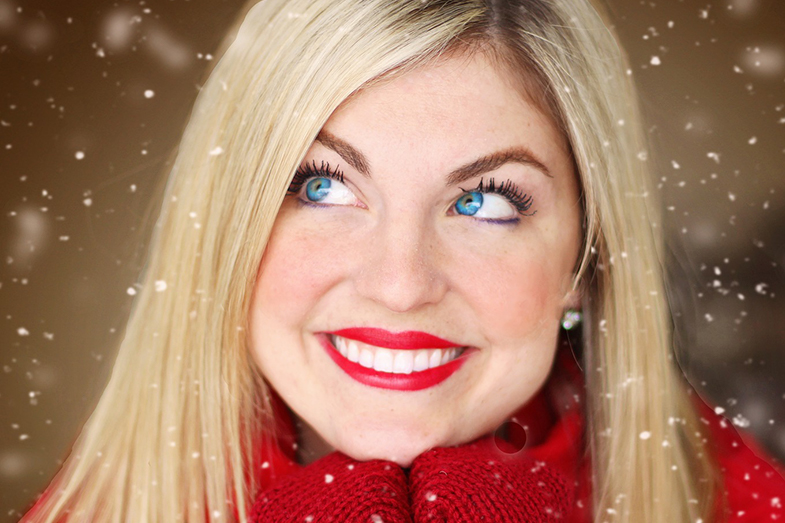The Event Photography Tips Guide

Avoid missing shots, not having proper equipment, and capturing the wrong or blurred photos during an event. Knowing where to be, when to be there, what equipment to have, and how to capture the right pictures during an event will help grow your business as an event photographer.
erpbyalyson.com gathered the following information and tips to help you better navigate event photography, take better pictures, and capture more relevant images.
Tips for Taking Better Event Photographs
Photographing events can be challenging. Extensive preparation and prior photography experience are highly recommended for anyone trying their hand at event photography. This field requires you to always be aware of your surroundings, anticipate the sequence of events, and capture spectacular images without getting in the way and disturbing the attendees.
Each event is different and the client has different goals. Be clear and learn the nuances of shooting a wedding, corporate event, party, and consider the following event photography tips:
1. Be Prepared
The more you know about your upcoming event, the better you will be able to capture the fleeting moments and images your employer wants. Long before the event, make yourself aware of:
- Where the event will occur
- Who will attend the event
- What the event is about
- When principal activities will take place
The more information you gather prior to the event, the more fluidly you can maneuver yourself into the right spots at the correct times. To better undertsand what goes into planning an event, read 9 Steps to Planning an Event.
2. Develop a Photography List

You must consider that a missed photo opportunity may reflect poorly on your services. You can avoid such missed opportunities by sitting down with your client and event planners to create a shoot list that covers crucial event activities, special guests, and dignitaries.
3. Dress to Blend in
Photographers should wear appropriate attire (avoid wearing a tuxedo to a pool party) and dress in neutral colors. Bright colors can be distracting and will potentially cast their color from reflected light onto the subject. This is why most photographers wear black or grey.
Note: Make sure your shoes fit comfortably and are quiet. Moving in silence will help you avoid interrupting speakers and drawing unwanted attention to yourself.
4. Assemble Appropriate Gear
For most events, the camera gear you will require includes an external power flash with a diffuser or reflector, a full-frame DSLR (with a mid-range zoom), extra charged batteries, and spare memory cards.
For larger or more serious events, you may need to bring a second camera (to avoid constantly switching telephoto, wide, closeup, etc. lenses) and, in some cases, hire a second photographer. The size and complexity of your shoot list (see tip #2) will help you determine the need for an extra body.
5. Arrive Early

As a hired event photographer, you are duty-bound to arrive at the event venue early enough to:
- Get to know the event host and venue employees
- Capture pre-event images
- Familiarize yourself with the venue and event layout
- Time any distances you will have to travel between shots
- Check and adjust lighting
- Select locations with appropriate/compelling backgrounds
Note: Once event attendees begin arriving, you should be ready to shoot.
6. Food and Drink
The last thing you need to happen is trying to scarf down a sandwich while the event’s guest speaker is at the podium. Avoid such situations by eating a healthy and satisfying meal before you go to the event venue and carry a bottle or two of water to quench your thirst during the event.
Note: Avoid consuming any alcoholic beverages at or before the event. You will be better accepted without alcohol on your breath or appearing to be under the influence.
7. Capture Individuals
Pictures of an auditorium filled with people are outstanding for demonstrating a venue’s capacity and an event’s attendance, but not much more. The more interesting shots are those that:
- Capture movement, gestures, and action
- Groups of 3 to 5 people
- Show full body, medium, and headshots
Note: Getting up close and personal shots may require you to first meet your subjects and chat with them before capturing their likeness.
8. Fill the Frame

Fill your frame with the subjects, make their expression the central focus, and avoid the “extra stuff” that doesn’t add to the emotion, expression, or moment.
Note: When shooting closeups, avoid using the zoom (when possible) and just get closer to your subject.
9. Photograph in RAW format
To capture images in the highest quality possible, you must shoot in RAW. RAW format records all data from the camera’s sensor, producing the highest possible quality you can get. This setting will help you in correcting underexposed and overexposed images.
Note: Use high-capacity memory cards and drives to ensure sufficient storage space.
10. Camera Settings
Capturing outstanding images requires an understanding of three basic camera settings:
- Aperture (Aperture is the adjustable lens opening that controls the amount of light allowed through the camera lens)
- ISO (ISO is your camera’s sensitivity to light, referring to exposure on film or a digital sensor)
- Shutter Speed (Shutter Speed is the speed at which the camera’s shutter closes, determining the images exposure time)
The combination of these three adjustable functions is present (often preset) in most modern cameras and is crucial to proper camera operation.
Bonus Tip
Do not shoot images of people eating, chewing, drinking, yawning, smoking, or with their mouths open. These images may be embarrassing, inappropriate, and certainly out of context.
Event Photography
In this article, you discovered essential information and pro photography tips to help you better understand and execute event photography.
Knowing where to be, who to shoot, what to shoot, and how to use your camera settings will help you flawlessly fulfill your customer’s requests and needs.
Not knowing what’s needed and event structure can leave you capturing the wrong images that will leave your client upset, and make you look bad.
Sources:
nyip.edu/photo-articles/photography-tutorials/how-to-photograph-big-events
uwf.edu/media/university-of-west-florida/offices/institutional-communications/documents/marketing-toolbox/PhotographyTips_Tricks_Jan2018_accessible.pdf
hhd.psu.edu/faculty-staff/communications-and-marketing/photography-tips